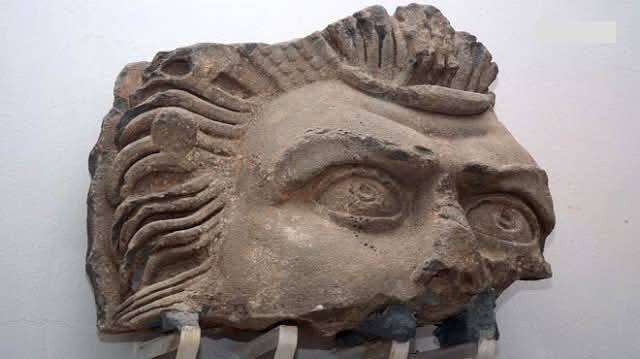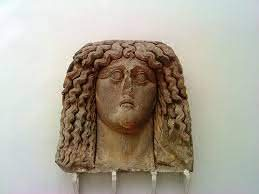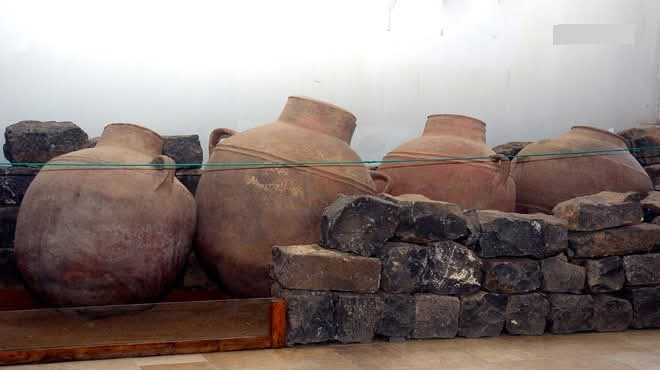In the heart of the city of As-Suwayda, near its historic squares and ancient markets, rises the National Museum—a cultural beacon safeguarding the memory of the place and offering visitors a vivid narrative of the successive civilizations that have flourished on this land for thousands of years. Officially inaugurated in the mid-20th century, the museum serves as an open gateway to the history of Jabal al-Arab and as a sanctuary for rare archaeological artifacts discovered throughout the governorate, from Shahba and Qanawat to Atil, Sīʿ, and Salkhad.
Constructed from local basalt stone, the museum features a simple architectural style that harmonizes with the city’s historic fabric. Its galleries house a distinguished collection of artifacts from the Nabataean, Roman, Byzantine, and Islamic periods. Among the highlights are grand basalt sculptures depicting deities, emperors, and warriors, as well as sarcophagi, funerary inscriptions, coins, and various ceramic and glass vessels.
One of the museum’s most notable halls is dedicated to the ancient city of Philippopolis (Shahba), showcasing its renowned mosaics, such as Eros and Psyche and The Musical Ensemble—masterpieces of classical Syrian art. The museum also includes a wing devoted to local folklore and daily life, featuring traditional agricultural tools, regional attire, and handicrafts once prevalent in the area.
Beyond its role as a repository of antiquities, the museum serves as a cultural and educational hub, welcoming visitors, students, and researchers. It provides a visual and scholarly reference for understanding the historical development of communities in southern Syria—particularly As-Suwayda, which has long stood as a crossroads of civilizations.
Documenting the National Museum of As-Suwayda is an act of preserving a collective memory etched in stone, ornament, and inscribed word. It is not merely a building that holds relics, but a living narrative of place and identity—a reflection of a community that has safeguarded its heritage in the face of oblivion. It is one of Syria’s living treasures—worthy of protection, care, and pride.










